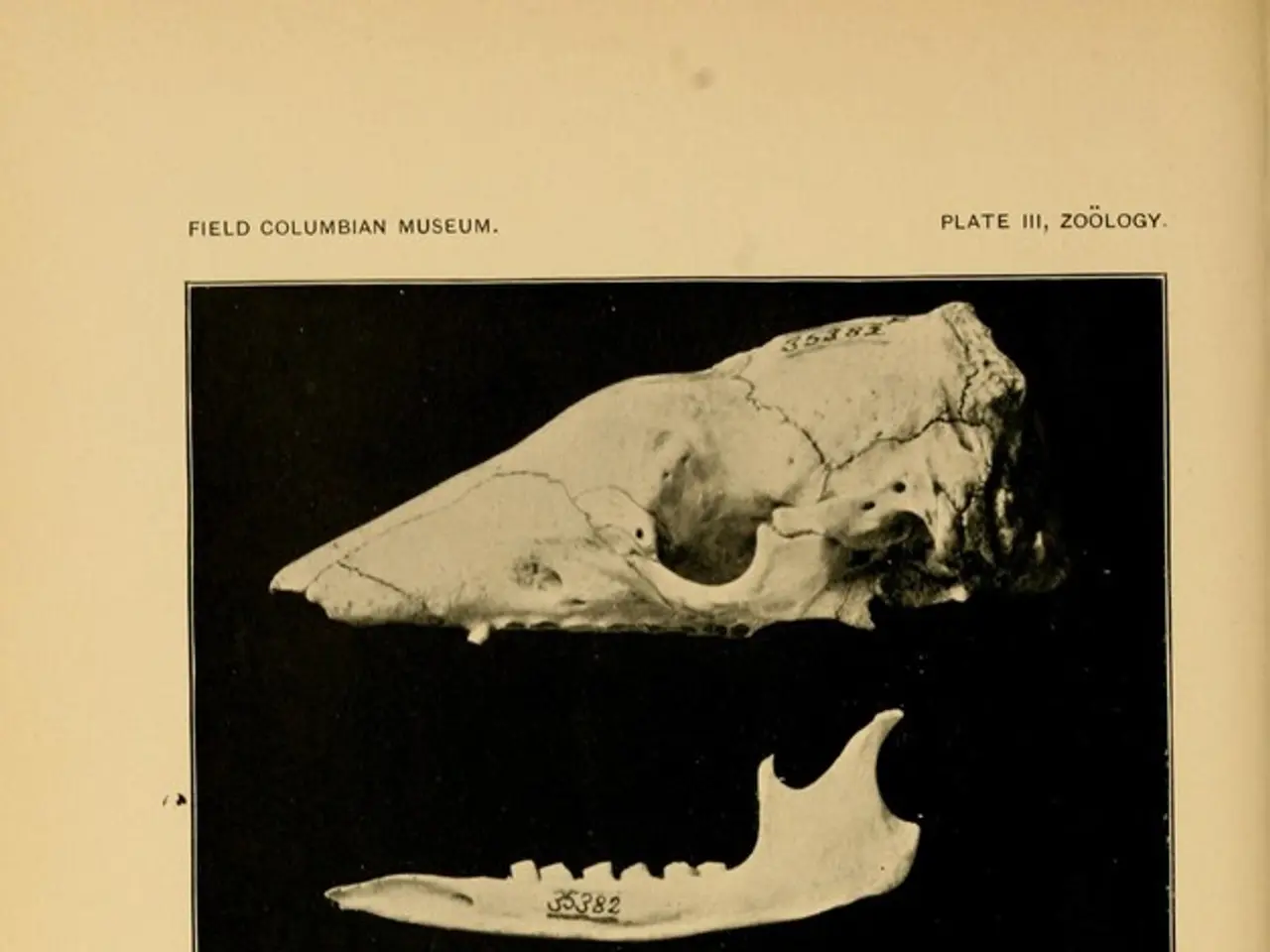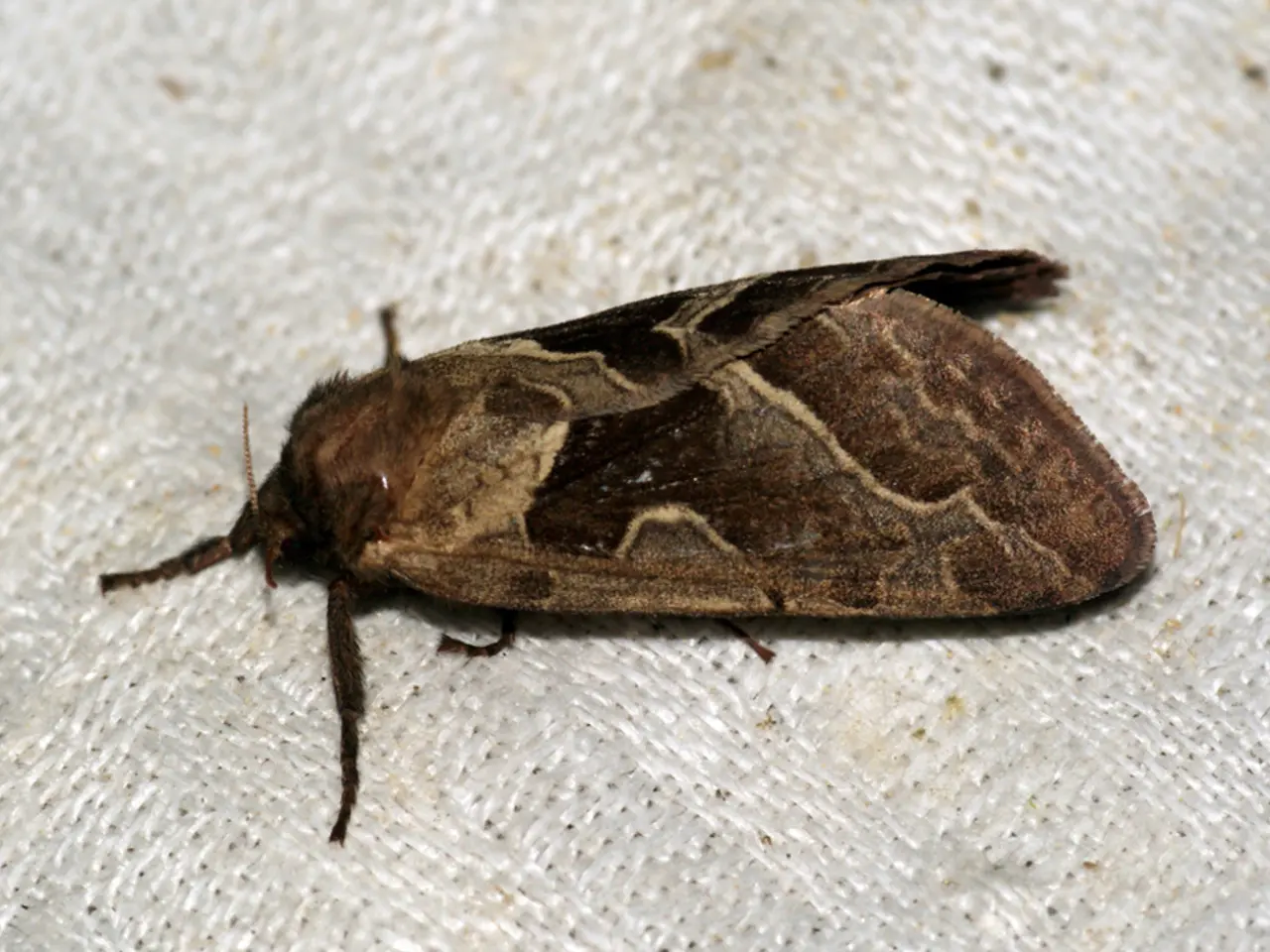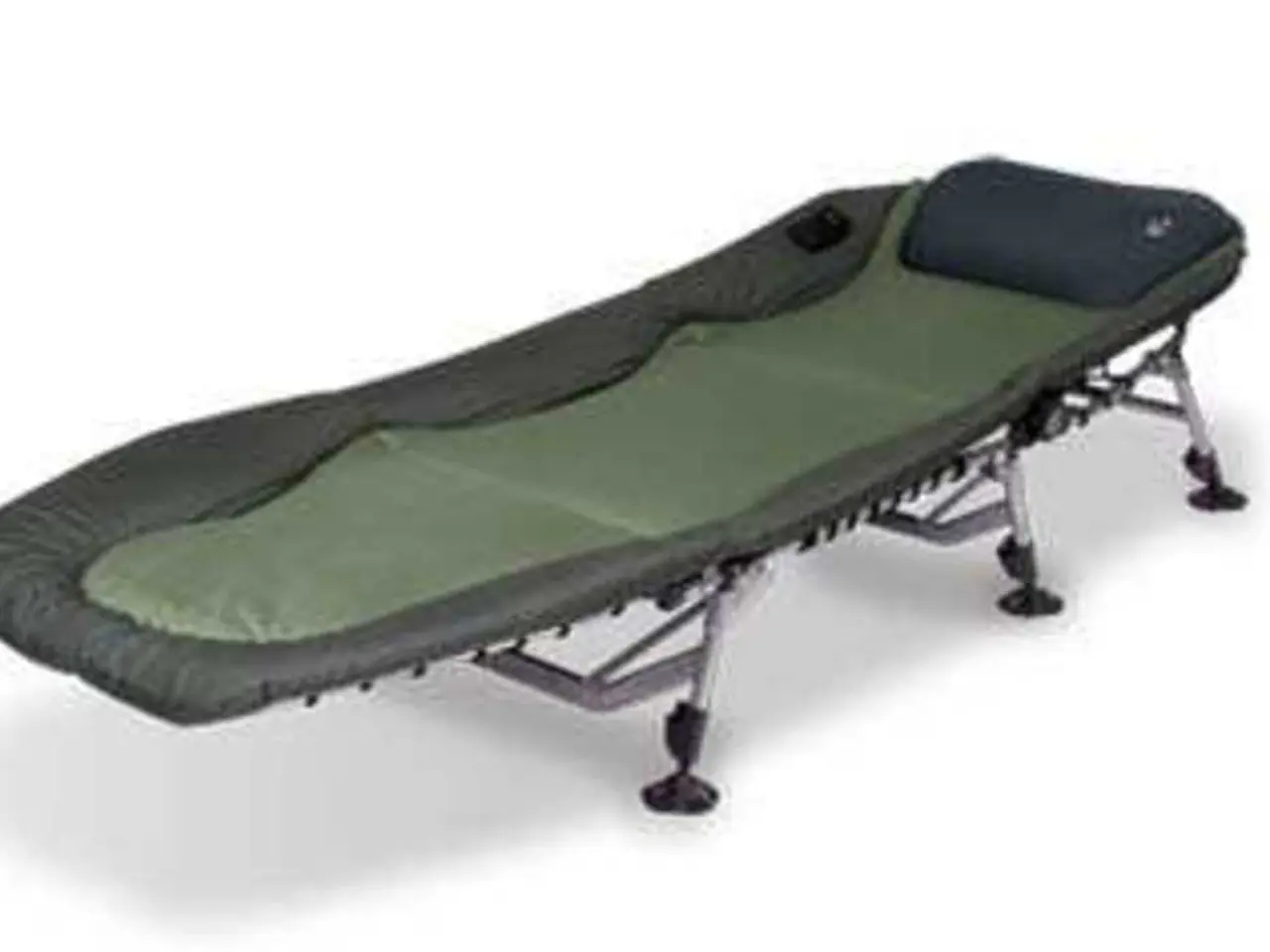Ewing Tumor: Causes, Signs, and Remedies
Ewing sarcoma, a rare and aggressive type of bone cancer primarily affecting children and adolescents, is the subject of ongoing research and innovative treatment strategies. This cancer, named after Dr. James Ewing who first described it, accounts for 1.5% of all childhood cancers and is the second most common bone cancer type in childhood, after osteosarcoma.
The causes of Ewing sarcoma are not fully understood, but researchers have identified mutations in certain genes in the tumor cells. Specifically, the EWSR1 gene on chromosome 22 and the FLI1 gene on chromosome 11 are commonly implicated in these mutations, which occur spontaneously during a person's lifetime and are not inherited.
Treatment for Ewing sarcoma typically involves a multimodal approach, combining surgery, chemotherapy, and radiation therapy. Surgery is often performed to remove the tumor, with limb salvage techniques used to preserve function where possible. Chemotherapy, a cornerstone of treatment, is administered both before and after surgery to shrink the tumor, kill microscopic metastases, and eliminate residual cancer cells.
Radiation therapy may be used as definitive local therapy if surgery is not possible or as adjuvant treatment to address residual disease. It can also target metastatic sites such as the lungs. The choice and intensity of treatment depend on factors including the stage of the disease, tumor location, and patient health.
Patients with localized tumors may undergo surgery followed by chemotherapy, while those with metastatic disease may require more aggressive combinations, including radiation. Emerging treatments and clinical trials are investigating novel targeted therapies, such as regorafenib, especially for metastatic cases, aiming to improve survival and reduce treatment toxicity.
Diagnosis of Ewing sarcoma involves taking a person's full medical history, performing a thorough physical exam, and recommending imaging studies like bone scans, CT scans, MRIs, and X-rays. If a tumor is suspected, a biopsy may be performed to check for the presence of cancerous cells.
Ewing sarcoma can cause symptoms such as a bone that breaks easily or without a clear cause, fevers, a lump under the skin, pain in the affected area, swelling in the affected area, and swelling. Possible complications of Ewing sarcoma include pleural effusion, breathing problems, weakness or paralysis of muscles, and if the cancer has spread to other areas of the body, it can be life-threatening.
People who are more likely to have positive outcomes include those who have cancer that has not spread, cancer that responds well to chemotherapy, a tumor that occurs in the arms or legs, a tumor that a surgeon can completely remove, and cancer that occurs in areas that are easier to treat.
It is important to note that the likelihood of successful treatment is different for every individual, so people should speak to a doctor about their or their child's expected outlook. Ewing sarcoma is also referred to as the Ewing family of tumors, and recurring Ewing sarcoma is a type of Ewing sarcoma where a person has had Ewing sarcoma before, and it has come back.
Pediatric radiology plays a key role in monitoring treatment response and detecting recurrence throughout the treatment course. With ongoing research and advancements in treatment, the prognosis for those affected by Ewing sarcoma continues to improve.
Scientists are actively studying the genetic mutations in Ewing sarcoma, focusing on the EWSR1 and FLI1 genes, to gain a better understanding of its causes and potential treatments in the realm of health and wellness. In the medical-conditons aspect, this rare type of bone cancer often requires a multimodal treatment approach, which includes surgery, chemotherapy, and radiation therapy, to improve survival and reduce treatment toxicity.




